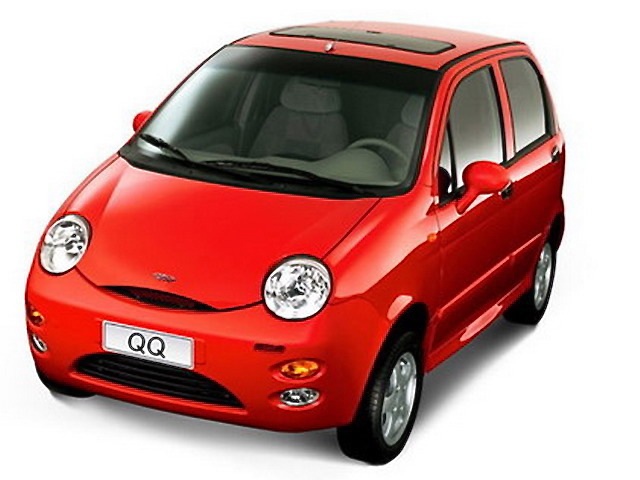India’s waiting for the $2500 car
Overdue.

Artist’s conception
Next year, Tata, the Indian industrial giant, will launch the world’s cheapest new car.
The company, which is one of the frontrunners to take over Jaguar and Land Rover, is bidding to capture a large share of the expanding Indian market with a four-wheeler for the price of a motorcycle.
This revolutionary Tata is known as the “one-lakh” car. A lakh is 100,000 rupees, about £1,225. It has been the dream of company chairman Ratan Tata for more than a decade. He promises a small, four-door car, with a simple specification, cheap to run, and attainable by Indian buyers who want to step up from two wheels to four.
As the Tata project comes close to fruition, vehicle makers around the world are planning ultra-low-cost cars, primarily for developing markets such as India but also with the expectation that they might appeal to motorists in western Europe…
The motoring press, talking heads and hacks will blather about danger or foolishness or eco-nuts - rarely comprehending, never understanding the viability of a niche that caters to economy and necessity.
Making money at this end of the market is the concern for the world’s biggest car companies, General Motors and Toyota, both of which are working on low-cost cars. These will be made in areas where labour costs are low, but that alone won’t make them viable; there needs to be a rethink of small-car design and engineering…
The collective rush into low-cost cars is driven by necessity. All the growth prospects are in developing countries. The largest mature markets – western Europe, North America, Japan – are either static or declining.
But as Toyota president Watanabe points out, although there are 900m cars on the world’s roads, two-thirds of the global population does not have one. Those people are its target for the future…
Tata’s OLRC will be about 3.5 metres long and have four doors plus an opening tailgate. It promises room for four adults, but there will not be much space for luggage unless the rear seats are folded down. Nor will there be any fancy trim – just a speedometer and fuel gauge.
The OLRC has a 660cc, two-cylinder petrol engine under the rear seat.
It won’t be fast but it won’t use much fuel either: it should do 70mpg.
A well-researched article. Facts and analysis for those who are inclined to study economics and politics - rather than react to “surprises”.
Posted: Mon - November 26, 2007 at 05:59 AM